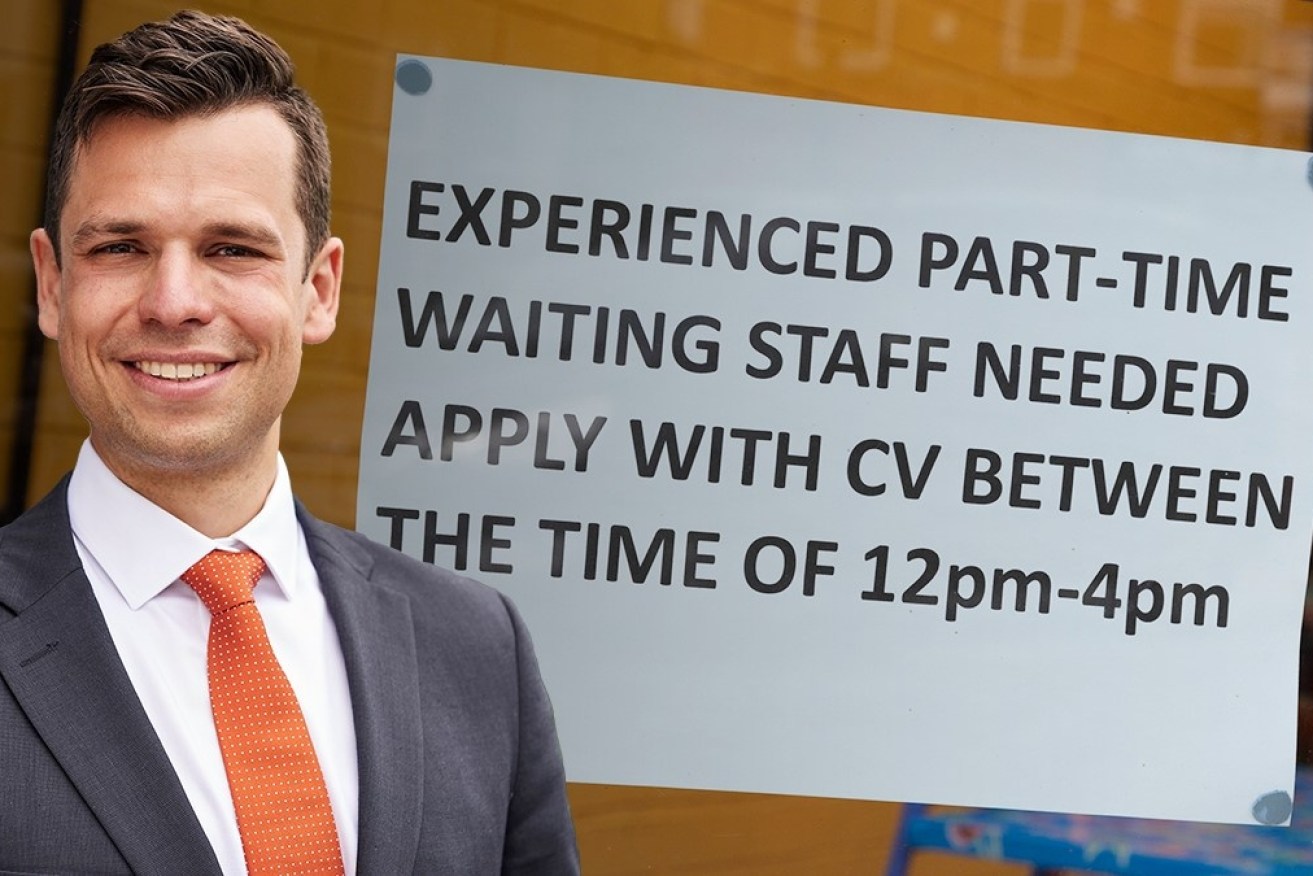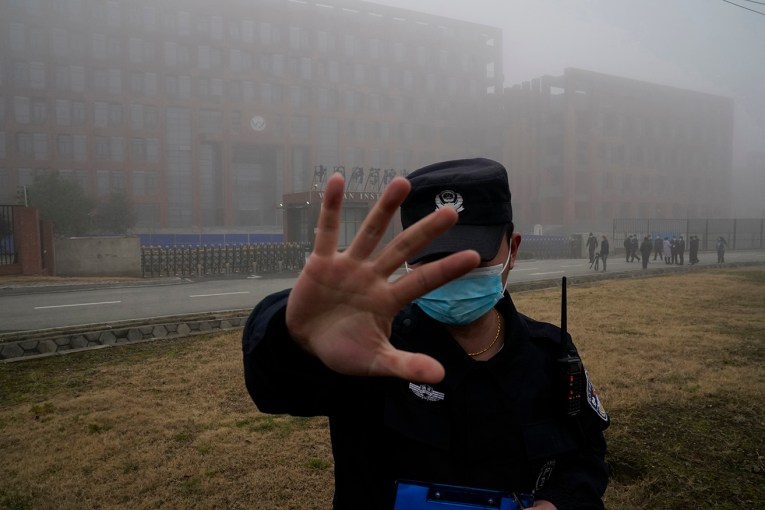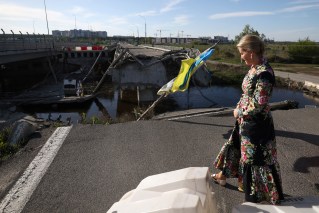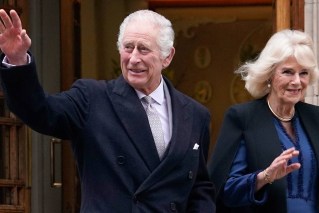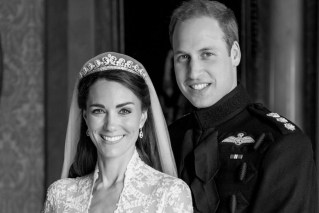Between June 2019 and June 2021, Australia increased its population by close to 350,000 people. That’s less than half the growth compared to the pre-COVID-19 average.
Australia ‘lost’ population during the pandemic to overseas rather than growing it through migration. The federal government decided not to extend financial support to international students and other short-term residents. These folks then left Australia.
Since unemployment was on the rise during that time, the negative impacts on the labour market weren’t immediately clear. As Australia managed to pull off a remarkable economic recovery a huge skills shortage manifested.
By now every industry wishes we had retained these international students and skilled workers that we discouraged from staying in Australia during 2020 and 2021.
The national age profile changed since June 2019.
We lost heaps of people in their 20s. These were mostly international students skilled workers. Losing about 200,000 people in their 20s had a huge impact on the Australian workforce.
Many of these people held jobs in hospitality and retail. Now those sectors struggle from massive skills shortages. From our tourist towns to suburban cafes, no geography is exempt from that trend.
Getting more migrants into the country soon will ease the skills shortage but it will take years to catch up on the pandemic population loss. In the meantime, automation, AI, robotics, and algorithms will be employed to soften the employment crisis. Big players are investing heavy right now.
Don’t expect a human to check your ticket at a major stadium in a few years – there will be a secure tech solution for that. Any major operation across the country is looking to operate with fewer staff.
Losing population in their 20s, having fewer than expected people in their 30s, and facing a declining birth rate (in times of economic uncertainty people always choose to have fewer kids) translates to a shrinking population in the zero-to-four age group.
A shrinking population of young children isn’t of immediate concern. Kids are expensive, require infrastructure in form of childcare centres, sporting facilities and schools. In the short-term fewer than expected tax dollars need to be spent.
But don’t get too excited, in about 20 years the lack of kids translates into a further lack of workers and a huge loss of tax revenue for the state.
While the under-30 cohort lost 190,000 people, the over-30s grew by 540,000 people. The largely economically unproductive 60-plus cohort grew by over 350,000. This was just as much growth as was expected before the pandemic.
Because we lost young economically productive workers at the same time, the ratio of workers to retirees shifted in an economically challenging way. Making our economy more productive is paramount if we want to ensure our ageing population has a decent retirement.
No other city was more impacted by the COVID-19 lockdowns than Melbourne. Melbourne lost 90,000 people under the age of 35 while gaining 65,000 people aged 35-plus. Overall, Melbourne lost about 25,000 people. A huge loss considering that the Victorian capital was used to growing by more than 100,000 people per year before the pandemic.
The inner suburbs of Melbourne, defined as anything within a 5km radius of the CBD, suffered the most. The big office towers, universities, student housing and large residential towers are all located here. The inner suburbs were also home to most of the skilled migrants who left the country during the last two years.
It wasn’t just the exodus of international students that hurt Melbourne’s CBD though. By sheer demographic dumb luck, the millennials (born in the 1980s and 1990s) started to form families at scale just as the pandemic hit.
This means parents in their 30s are leaving the inner suburbs in search of family-sized housing. Such housing is only available (let alone affordable) on the urban fringe.
This trend occurred independently from COVID-19. Millennials would have left even without a pandemic, pushing the working from home trend. We can expect another decade worth of millennials leaving the inner city.
While Melbourne is the most extreme example of an inner city that bleeds population while growing at the urban fringe, it is not the only example.
In fact, this is very much a universal trend across all sizable Australian cities. Go to Rockhampton, Dubbo, Perth, Albany, or Ballarat and you see the same pattern emerge. The young folks left the inner-city. Some returned to their countries of origin, some moved to the urban fringe.
As we increase the national migration intake all inner cities will fill up again with people under 30. It will take years to reach pre-COVID-19 levels of activity in the major CBDs.
In the meantime, any business relying on a workforce in their 20s will need to deal with a stubborn skills shortage. Tapping into underutilised sectors of the workforce will be crucial. Hopefully, employment services can assist in helping disadvantaged cohorts into employment, and hopefully technology can help our businesses to become more economically productive.

